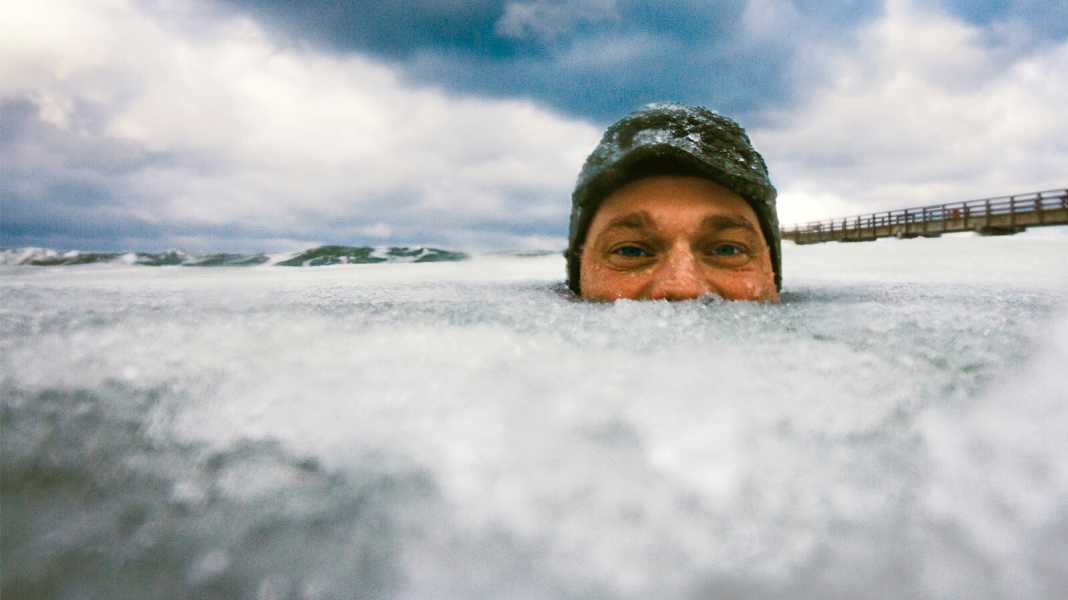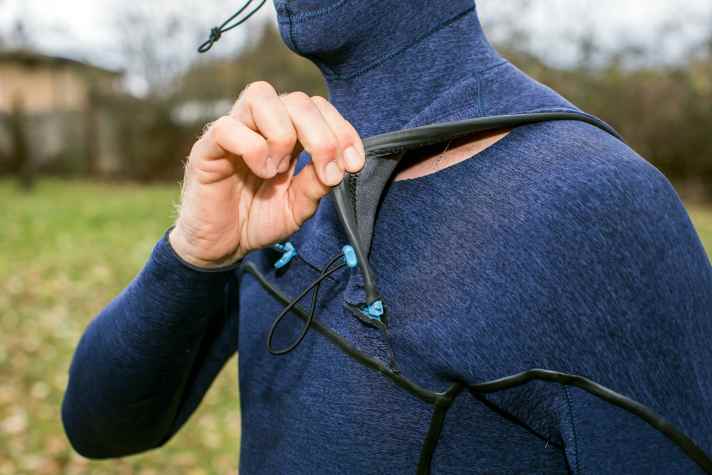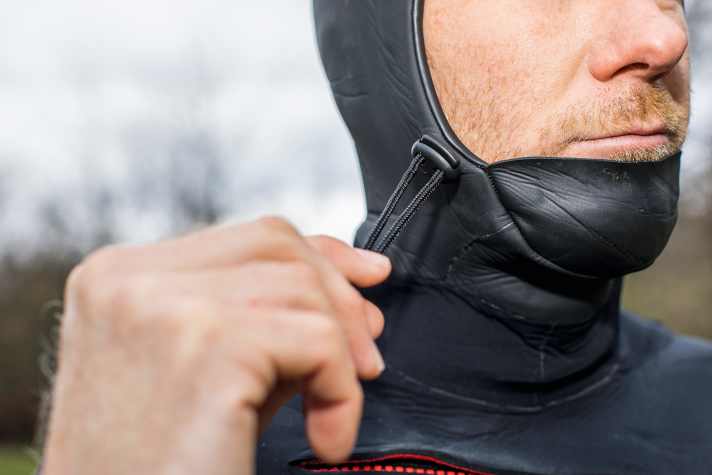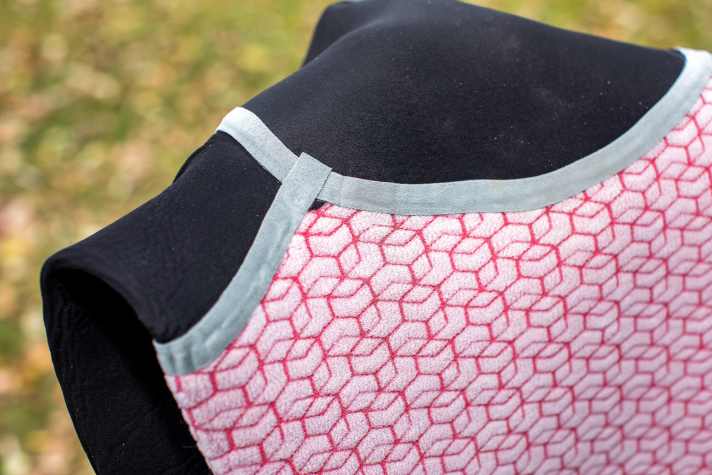
We last carried out a major test of winter neos in winter 2018 (issue 1-2/2019). We carried out the test on several days in November on the North Sea and Baltic Sea, in temperatures between two and ten degrees Celsius and winds between 20 and 30 knots. The conclusion: all models are generally suitable for sessions down to freezing point - if you pay attention to a few points. We reveal how you can find a warm winter neo here!
Many models from back then have since been further developed, but the next comparison is already in preparation. As soon as the first results and impressions are available, we will show you the latest models here on surf-magazin.de!
Winter neos: What really warms?
Many years ago, we tested the thermal insulation of Neos in the cold chamber of outdoor retailer Globetrotter. Back then, in addition to the editor catching the flu, the results were beautiful colourful images from thermal imaging cameras, which did not necessarily reflect practical experience. Because even more than the theoretical laboratory values, the tightness of the seams and the entry point determine the perceived thermal insulation of a Neo in winter. In our practical experience, winter Neos are warm when the following factors come together:
Thick neoprene
A lot helps a lot, it's as simple as that. Officially, all of the test models requested in 2018 had six millimetres of neoprene thickness on the torso. Of course, the manufacturer's specification says nothing about how extensively the thick material is actually used and where cold bridges lurk. We have therefore measured the thickness of all Neos in different places - with quite different results. So it makes sense to compare or measure! Many surf shops have a thickness measuring device for this purpose.

Quality and type of neoprene
The majority of the suits are made of laminated neoprene - a nylon coating forms the surface. This layer makes the suits robust against abrasion and fin contact, but also increases evaporative cooling. For this reason, brands such as RRD, XCEL, O'Neill, Patagonia and NeilPryde still used smooth-skin neoprene in the torso area, and in some cases also in the head area, in the 2018 test. In recent years, laminated neoprene has been used almost everywhere, as the improved insulation provided by internal coatings almost makes up for the loss of cold.
Tight finishes
Even the thickest neoprene with the best laboratory values is useless in practice if the ice broth runs into the bonnet, arm cuffs or access hatch during the first fall and drains precious body heat. A drawstring on the bonnet makes sense in any case, so that it does not act as a funnel in the event of a fall. All chest cuffs are also fitted with drawstrings. However, whether this keeps water out in case of doubt also depends on how well the entry opening underneath is covered by the chest cuff above. The price for this is a slightly narrower opening for getting in.

High-quality feeding
If you read the manufacturer's product information, you would think the Neos contain rocket technology. At least. The fact is: whether Celliant (XCEL) Plasma Plush (ION) or Air Firewall (O'Neill), the thermal coatings fulfil their purpose and also increase comfort. Cosy plush or other thermal linings are used everywhere.

What size wetsuit?
For our 2018 test, we ordered all Neos based on the size recommendation of the respective brands - just as any customer of an online shop would do. One thing up front: there is no "one" size. Want an example? Our editor, who is 1.91 metres tall and weighs 90 kilos, was sometimes an intermediate size LT, sometimes XL. After submitting her measurements from four different brands, our tester Steffi Wahl was sent four sizes such as 38, 8, 8T and 12. So if you order a size M from brand A because it has always fitted you in brand B, you are often completely wrong.
Of course, it is ideal to try on the Neos in the shop before buying. If you don't have this opportunity, you can largely rely on the manufacturer's size charts. In any case, it is important to remember that as neos stretch a little after the first few sessions, winter neos should fit snugly when you put them on for the first time and should fit snugly around the legs, arms, bonnet and entrance.
What should I bear in mind with wetsuits for women?
The selection of winter neos for women is smaller, but no less interesting. For our tester Steffi Wahl, who is certainly one of the most experienced winter surfers in Germany, the neoprene test was also something special: "As soon as I get cold, I don't feel like surfing at all, so I want to have the warmest wetsuit I can get. That doesn't necessarily mean I'm done even when it's below zero, the conditions and the light are unique in winter." Steffi's tip: "Winter wetsuits should always fit snugly when you first try them on, as they widen a little over time. If there is a bit of air at the beginning, the water will run into the neo after a few sessions and the protection against the cold won't be optimal."
In terms of features, women's neos are usually in no way inferior to those for men: Cosy linings, sealed seams and ultra-flexible neoprene materials are standard.
Conclusion
If all these factors come together, modern neos allow for sessions around freezing point. However, the temperature recommendations given should be seen as a rough guide at best, as the subjective feeling of cold depends on gender, fitness level, riding ability, constitution and, of course, wind force and water temperature. Of course, even the best wetsuit is useless if you arrive at the spot already frozen through - so wrap up warm beforehand!

